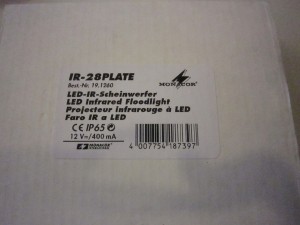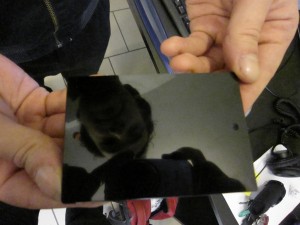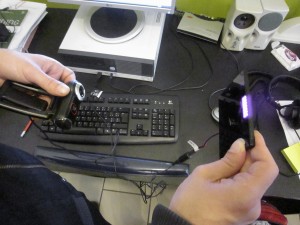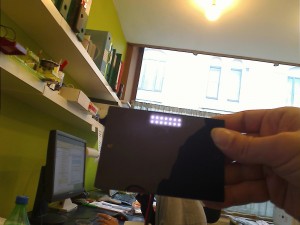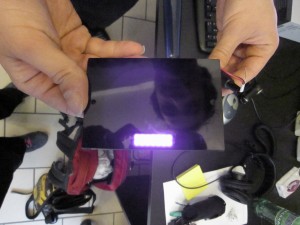I want to visualize some date from real world sensors to my computer – they are self-made variable resistors. For this I need to flash software on the Arduino chip, have the right libraries and use particular sketches in Processing.
Before you get to the Processing software part, you need to install Arduino. The instructions on how to do this are really good and they are here:
You can choose for adding Arduino to your repositories, or you can install the software manually.
These introductory films give you a clear insight into this construction, on how the microcontroller counts on a library and how the software depends on that too . They do however bluntly tell you that, when you work with Linux, you are on your own.. Boo!
The Arduino playground wiki is a bit confusing, but it does complement the video and one of the errors I got kindly referred me to the Processing wiki.
Here I’ll go over some Linux (in my case Ubuntu) & Processing quirks:
– Processing needs Java – if you are running Ubuntu: here I found the best tips.
– Obstacle number two to get Processing running, is making this executable:

-> Click right on the file and choose properties

Whereas you just have to choose the following – Allow executing file as a program:

Now your Processing file is executable: just double click and choose Run (it is a bash script)
– Apparently Compiz – fancy 3D graphics – can give you trouble – so it’s best to turn it off.
– Proecssing needs Java -> you need to choose between OpenJDK of Sun Java -> when you choose Open JDK, you always get this error when you start Processing. It does work!

– The next tutorial I’m following is Arduino meets Processing, physical computing and computer graphics, which dates from 2005, so I’ll check the strength of their tutorial (6 years old seems like an eternity in tutorialland…).
** Update ** This tutorial is outdated!
Go Arduino, Processing and sensors 2 for more up-to-date links.
